SOURCE: AFI

The Indian Army’s elite PARA Special Forces (SF) have received a significant upgrade in their operational capabilities with the induction of Laser Target Designators (LTDs). These portable devices mark a game-changer for PARA SF, particularly in dense conflict zones, by enabling them to carry out highly precise strikes on enemy positions.
LTDs function by emitting a concentrated beam of light that illuminates a designated target – a process known as “painting the target.” This painted target reflects the laser beam, which is then picked up by sensors onboard laser-guided bombs or missiles. Upon release, these munitions home in on the reflected laser signature, ensuring pinpoint accuracy and minimal collateral damage.
Continue readingSOURCE: AFI

In a groundbreaking initiative, the Indian Navy and the Central Reserve Police Force (CRPF) have joined forces to enhance expertise in armament quality management. This marks the first-ever collaboration between the two forces on such a topic.
The Directorate General of Naval Armament Inspection (DGNAI) conducted a specialized training program on Armament Quality Management Systems (AQMS) for ten CRPF officers. This program equipped participants with the knowledge and skills necessary to effectively manage and maintain their own armament systems.
Continue readingSOURCE: RAUNAK KUNDE / NEWS BEAT / IDRW.ORG

Adani Defence & Aerospace has emerged victorious in the race for the Netra II project, a significant development for India’s aerial defense capabilities. Adani Defence & Aerospace has been has been declared as the L1 entity for integration and delivery of various sensors in the project along with DRDO.
Centre For Air Borne System (CABS) of DRDO that has developed the most of the primarily and Secondary sensors will be Transferring its ToT for further Production to the firm. The Netra II project will see development of six Airborne Early Warning and Control (AEW&C) aircraft. These advanced systems act as force multipliers, offering unmatched capabilities in detecting and tracking airborne threats like enemy aircraft, missiles, and drones.
Continue readingSOURCE: RAUNAK KUNDE / NEWS BEAT / IDRW.ORG
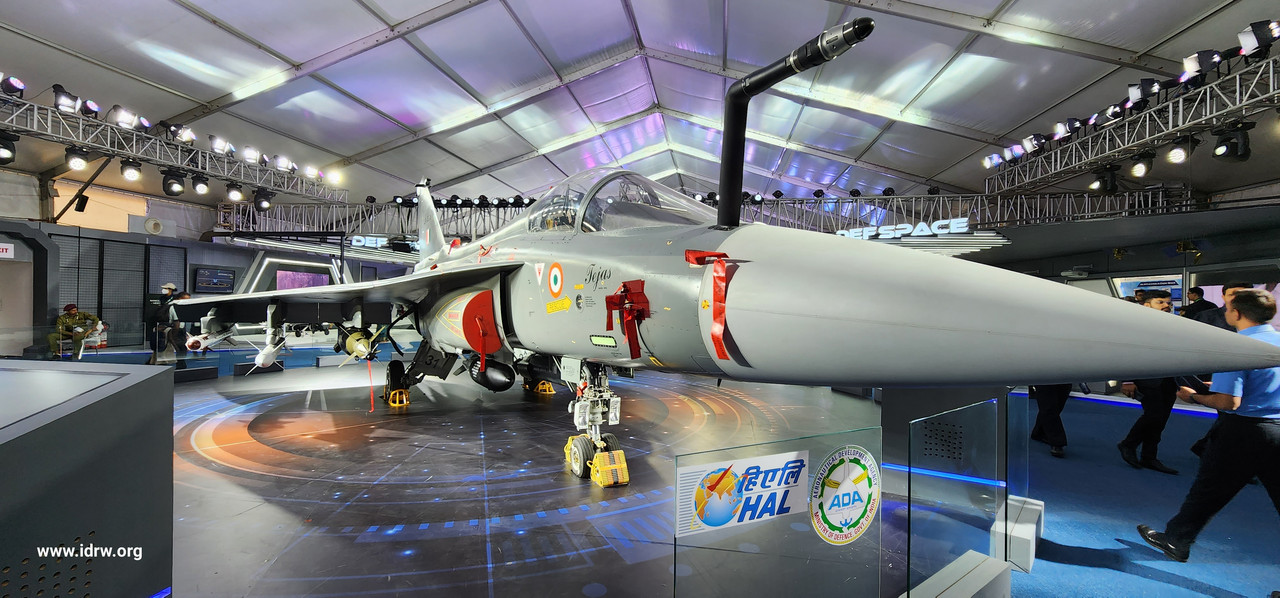
The Nashik region is experiencing an economic resurgence after a period of hardship. The closure of the Su-30MKI production line led to a significant decline in component orders, forcing around 400 local suppliers to shut down their shops. However, the inauguration of the third Light Combat Aircraft (LCA) Tejas production line in Nashik signals a brighter future.
This new line is poised to be the birthplace of the first LCA-Tejas Mk1A later this year. The project is expected to breathe new life into the local economy. Nashik’s selection isn’t a coincidence. The large presence of Hindustan Aeronautics Limited (HAL) in Bangalore, coupled with the existence of two existing LCA-Tejas production lines there, made it a natural fit.
Continue readingSOURCE: RAUNAK KUNDE / NEWS BEAT / IDRW.ORG
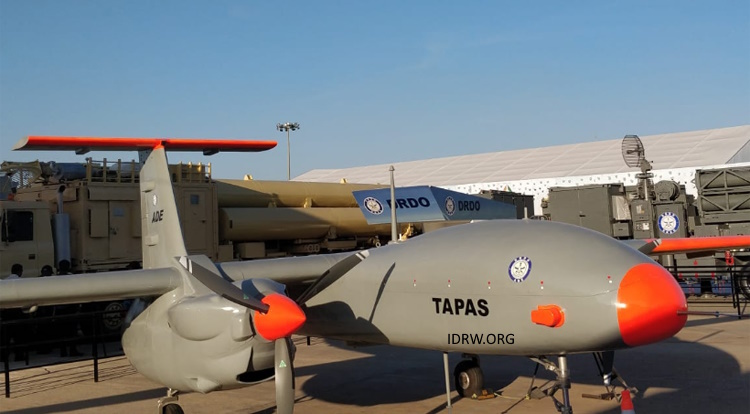
The Defence Research and Development Organisation (DRDO) is gearing up for a crucial test of its Tapas Medium Altitude Long Endurance (MALE) Unmanned Aerial Vehicle (UAV). In the coming months, Tapas will attempt to reach an altitude of 32,000 feet, a significant improvement over its previous performance.
This push for higher altitude capability comes after DRDO implemented weight reduction and drag reduction measures on the Tapas. These modifications aim to enhance the UAV’s overall performance and meet the Indian Air Force’s (IAF) requirements.
Continue readingSOURCE: AFI

A recent National Interest report has reignited the debate about India acquiring the F-35A fighter jet from the US, potentially replacing the ongoing Multi-Role Fighter Aircraft (MRFA) tender.
Last year’s Aero India airshow witnessed the first appearance of F-35s in India, leaving audiences “awestruck” according to CBS. This showcase, coupled with China’s growing assertiveness, has sparked discussions about the F-35’s role in India’s strategic partnership with the US. Retired Air Vice Marshal Manmohan Bahadur highlights the shift in geopolitical considerations.
Continue readingSOURCE: AFI

Indian defense analyst VatsRohit (VatsRohit@KesariDhwaj on X) makes a strong case for the LCH Prachand as a future export leader in the attack helicopter market. Here’s a breakdown of why the Prachand stands out:
Traditional players like the US Apache and AH-1Z Viper are undeniably powerful, but their hefty price tags (over $20 million) and limitations on export due to US foreign policy make them less accessible. The Eurocopter Tiger, envisioned as a rival to the Apache, turned into a commercial failure with its exorbitant cost exceeding $40 million per unit. Many European nations are now looking elsewhere.
Continue readingSOURCE: AFI
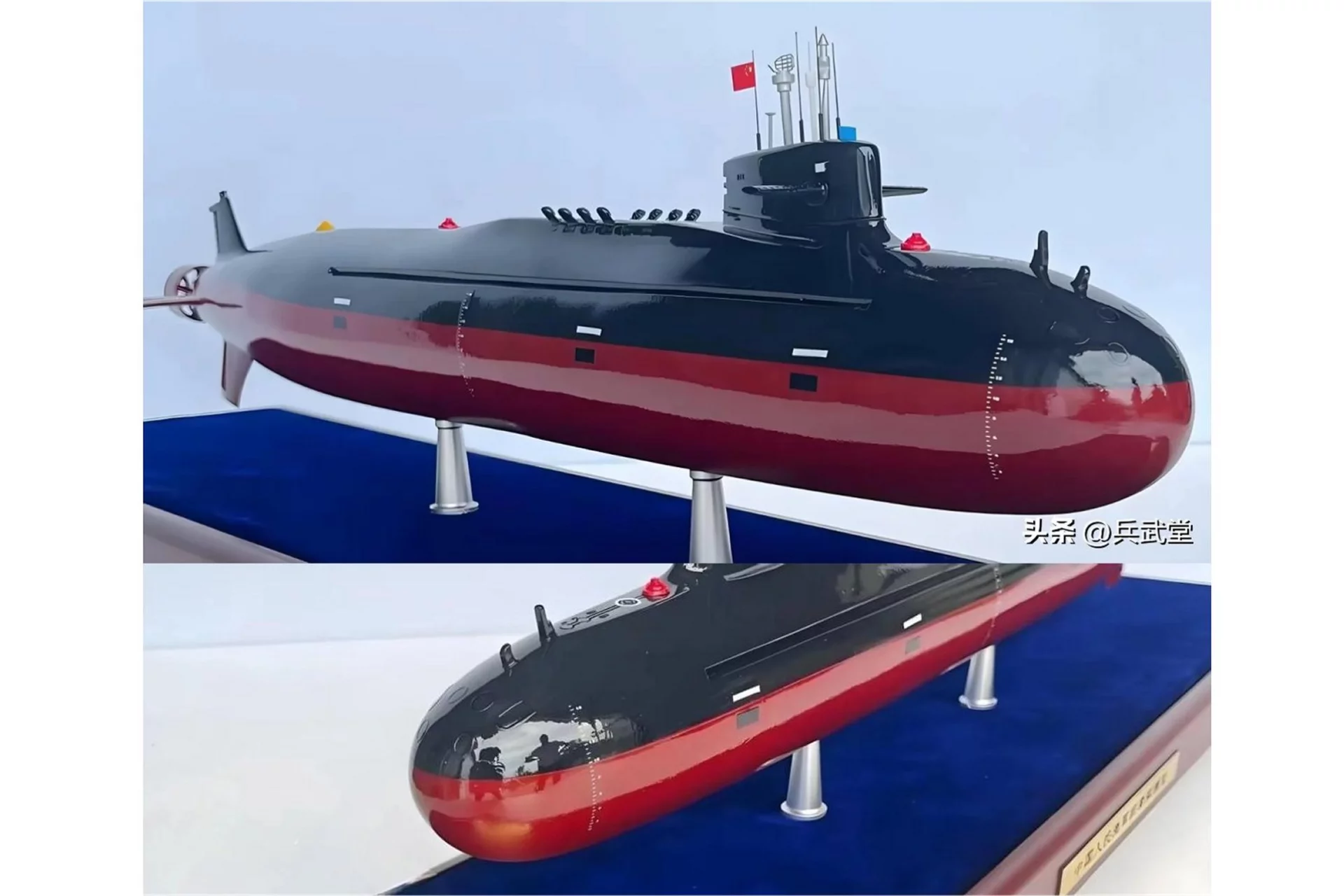
China recently unveiled a model of a new nuclear submarine, the Type 093B. The 6,200-ton submarine features an 18-unit underwater vertical launch system, a teardrop-shaped design with a slightly humped back, an integrated sonar station, and a signature integrated optical-electronic mast on the sail. It is also equipped with a ducted pump-jet propulsion system.
According to information published by Chinese media, the Type 093B is designed to carry out long-range patrols and anti-ship warfare missions. The submarine’s underwater vertical launch system is believed to be capable of launching cruise missiles and anti-ship missiles. The teardrop-shaped design of the hull is likely to improve the submarine’s underwater performance, while the integrated sonar station and optical-electronic mast will enhance its situational awareness. The ducted pump-jet propulsion system is expected to make the submarine quieter than previous models.
Continue readingSOURCE: AFI
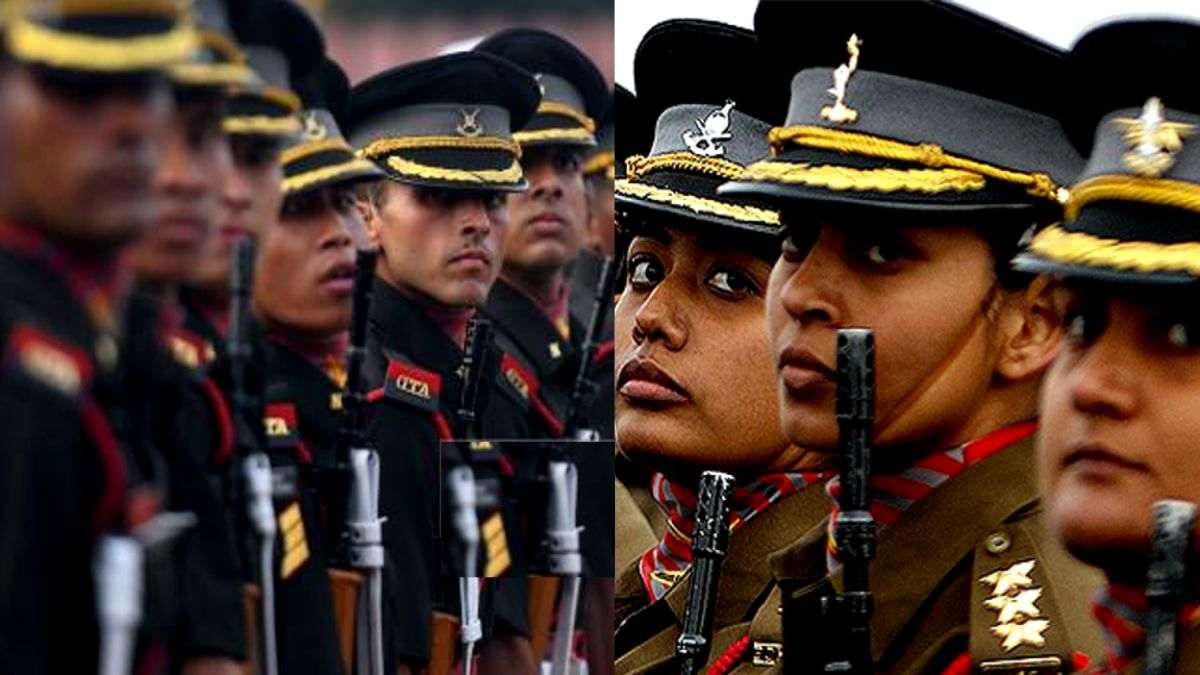
The Indian Army is revamping its incentive scheme for officers performing exceptionally well in promotion exams. This move aims to encourage better preparation and enhance overall professional capabilities.
The revised policy, coming into effect from next year, will reward officers with bonus marks in subsequent exams for exceeding expectations in the current ones. This replaces the existing system, deemed too stringent, which hasn’t yielded results in a decade.
Continue readingSOURCE: IDRW.ORG
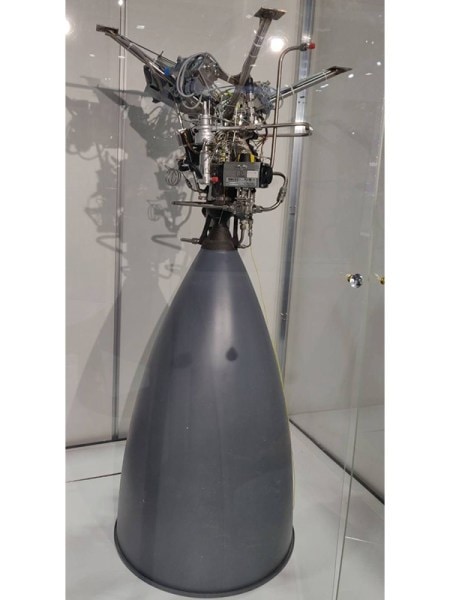
In a remarkable feat, Agnikul Cosmos, an IIT Madras-incubated startup, has launched the world’s first single-piece rocket with a 3D-printed engine. Named Agnibaan, this launch vehicle signifies a major leap forward in space technology, boasting significant advantages over conventional methods.
Agnikul Cosmos’ co-founder Srinath Ravichandran highlights the transformative power of 3D-printing technology in rocket engine production. Agnibaan’s engine takes a mere 72 hours to print, compared to the 2-3 months required for traditional manufacturing methods. This drastic reduction in production time translates to faster development cycles and improved efficiency.
Continue readingSOURCE: IDRW.ORG.

DJI, the Chinese tech giant headquartered in Shenzhen, has dominated the global drone market for years. However, a growing chorus of voices is calling for a viable alternative, and India is well-positioned to take on this challenge. Here’s why:
The global drone market is projected to reach a staggering $50 billion by 2025, fueled by applications across various industries like agriculture, infrastructure inspection, and logistics. India, with its vast agricultural sector and growing infrastructure needs, presents a massive potential market for drone technology.
Continue readingSOURCE: AFI
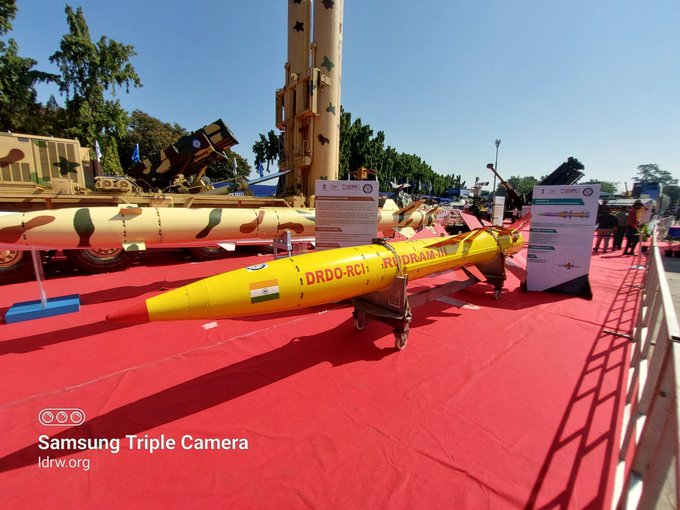
The Indian Air Force’s (IAF) arsenal is set for a significant upgrade with the induction of the Rudram II and III missiles. These air-launched, long-range missiles boast a range of 350-500 kilometers, allowing IAF jets to engage targets from a safe distance and minimize their exposure to enemy air defenses.
The Rudram missiles offer a substantial leap in capability compared to previously inducted options. This includes the Israeli-made Rampage with a 250km range and the planned air-launched cruise missile with a 1,000km range. The Rudram Family fill a crucial gap between these two options, providing flexibility for various strike missions.
Continue readingSOURCE: AFI

The Indian Navy plays a vital role in safeguarding the Indian Ocean Region (IOR) and conducts frequent diving operations for various critical missions. These missions include submarine rescue, underwater inspections, and salvage operations.
Submarines, both conventional and nuclear, are susceptible to accidents during operations. In such situations, a well-established protocol for submarine distress response is crucial. While protocols exist for emergency ascents and communication, specialized divers and equipment are essential for successful search and rescue (SAR) missions.
Continue readingSOURCE: AFI
In the annals of India’s military aviation history, the MiG-27 has had a prominent yet tumultuous role. Originally inducted into the Indian Air Force (IAF) in the mid-1980s, the MiG-27 was envisaged as a powerful ground-attack aircraft. However, its operational life was marred by several issues that eventually led to its premature retirement. Among the various plans to extend the life and enhance the performance of the MiG-27, the proposal to re-engine the aircraft with the AL-31F engine stands out as a significant yet ultimately abandoned initiative.
The IAF inducted the MiG-27s, known as the Bahadur in India, during 1984-85. These aircraft were licensed-built by Hindustan Aeronautics Limited (HAL) under a transfer of technology agreement with the Soviet Union. A total of 165 MiG-27Ms were produced, serving as the backbone of the IAF’s ground-attack capabilities for several decades.
Continue readingSOURCE: AFI
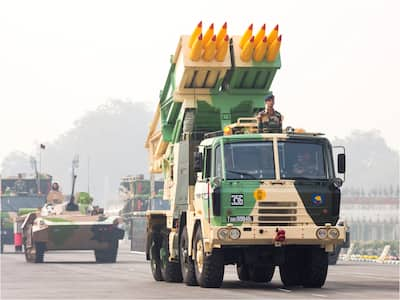
The global defense market is witnessing a shift as nations seek to modernize their military capabilities amid evolving security challenges. For decades, China has been a dominant player in supplying defense equipment to countries in Africa and Asia. However, recent issues with the reliability and quality of Chinese military hardware have opened opportunities for other countries to fill the void. India, with its burgeoning defense industry, stands poised to capitalize on this shift.
India has long-standing diplomatic relationships with many countries in Africa and Asia. By leveraging these ties, India can position itself as a trusted partner in defense. The Indian government’s proactive engagement with African and Asian nations, through initiatives like the India-Africa Forum Summit and the India-ASEAN Summit, provides a solid foundation for expanding defense cooperation. Strengthening these diplomatic ties with targeted defense agreements can pave the way for increased sales of Indian military equipment.
Continue reading